CASHMERE CARE & CLEANING GUIDE
A GUIDE TO OUR LUXURY SCOTTISH CASHMERE FOR MEN
CASHMERE EVERYDAY CLEANING
Our long association with fine Cashmere garments has allowed us to acquire a unique knowledge of how to clean and care for luxury Cashmere sweaters.
Laundering expensive knitwear is best done by hand in preference to Dry Cleaning which gradually strips the Cashmere of its natural oils.
Hand washing may seem like hard work but years of due care and attention will result in cosy perfection and a garment that only seems to feel softer with every wash.
SHOP CASHMERE SHOP CASHMERESTEP 1 GARMENT PREPARATION
Garment Preparation Our extensive experience with fine Cashmere garments has given us unique insights into cleaning and caring for luxurious Cashmere sweaters.
Begin by removing any pilling, especially in high-wear areas like under the arms, using a Cashmere comb. This is particularly essential before the first wash to eliminate loose fibers that may have surfaced during initial wear.
If the garment features any leather detailing, such as buttons or zippers, it's advisable to cover them with cling film to prevent dye transfer.
Turn the garment inside out to protect the outer surface and any delicate features during cleaning.
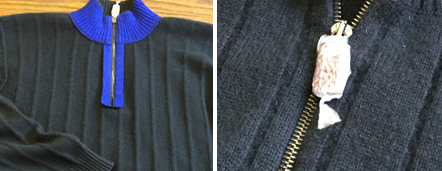
STEP 2 WASHING PREPARATION
Choose a spotlessly clean sink, bathtub, or another suitable basin.
Fill it with lukewarm water, ensuring the temperature is no higher than what you'd use for a child's bath.
Add the recommended amount of Cashmere shampoo, typically no more than 50ml. If a specialized Cashmere shampoo isn't available, you can use 30ml of gentle baby shampoo or a detergent like Woolite or The Laundress Shampoo.
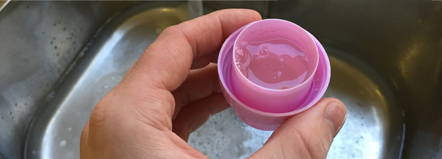
STEP 3 WASHING
Wash each Cashmere item separately to prevent color bleeding.
Submerge the garment in the soapy water and gently massage it to allow the knitwear to absorb the detergent. Avoid twisting, stretching, or rubbing the sweater, as this may distort its shape. A delicate kneading motion will suffice.
Rinse quickly and repeat the process.
Let the garment soak for 5 to 10 minutes.

STEP 4 RINSING
Rinse the sweater under lukewarm running water to remove excess soap until there's no trace of shampoo when the garment is gently squeezed.
Gently manipulate the Cashmere to remove most of the now-clean water.
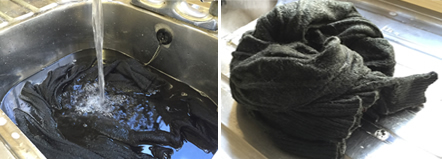
STEP 5 DRYING PREPARATION
Wrap your sweater in a large, clean towel and gently press it to allow the towel to absorb excess water from the garment.
Place the sweater on a flat surface, preferably on a fresh towel. Carefully arrange it in its original shape, being cautious not to stretch it, with particular attention to the cuffs and the welted bottom.
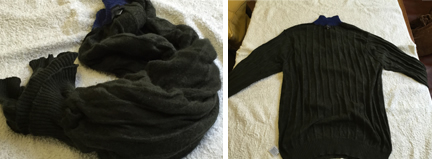
STEP 6 DRYING
Lightly roll the sweater inside the same towel and then remove it to a warm room or cupboard, away from direct sunlight. Avoid using a tumble dryer or hanging the sweater, as both methods can distort its shape and cause stretching.
Allow up to three days for the sweater to air dry naturally. This will keep the fibers supple and result in the softest possible wear.
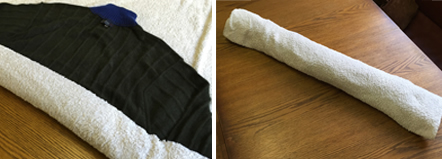
STEP 7 PRESSING
Once the sweater is dry, lightly press it with a cool iron to restore it to its original condition.
Following these steps will help maintain the quality and softness of your Cashmere sweaters for years to come.
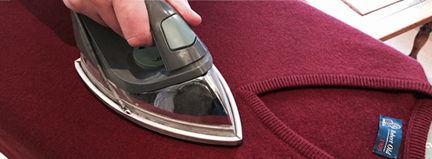
PROTECT CASHMERE AGAINST PILLING
Pilling is the formation of small balls on the outside of a garment caused by the abrasion of short, loose fibers that have worked their way to the surface of the fabric.
Some pilling is likely to appear in most new garments. During the spinning and knitting process, there will naturally be some loose or excess fibres the presence of which will result in a little pilling; however, in high quality garments, this is unlikely to persist after the first wash.
Most commonly pilling occurs in areas of high friction such as underneath the arm as it passes the body when walking or moving, this is to be expected but it should not be overly noticeable in a densely knitted, good-quality sweater.
Lower-quality garments are produced using the shorter and coarser fibers from the back and legs of the Hircus Goat. These sweaters are knitted loosely to keep the amount of Cashmere used to a minimum.
To give an appearance similar to their more luxurious counterparts they are often given a large amount of surface fibre which, whilst initially pleasing to the touch, will roll easily into balls and be the main cause of long-term pilling.
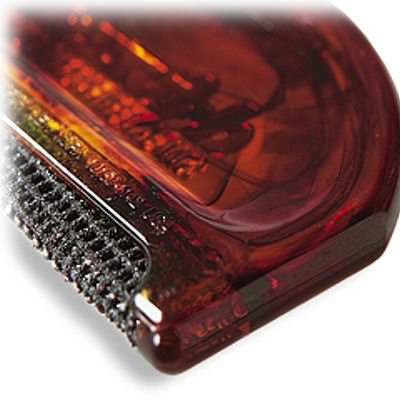
When wearing your luxury Cashmere sweater excess pilling can be avoided by protecting them from areas of day-to-day high friction such as car seatbelts, bag and briefcase shoulder straps, and the edges of tables and desks.
Should your garment begin to require the sort of attention that only experts can provide, you are welcome to return it to us and we will arrange for it to be reconditioned by our manufacturer in Scotland free of charge.
SUMMER CASHMERE STORAGE
When their purpose is made redundant by the warmer weather it is advisable to store your Cashmere garments individually in sealable storage bags to protect from possible moth damage.












